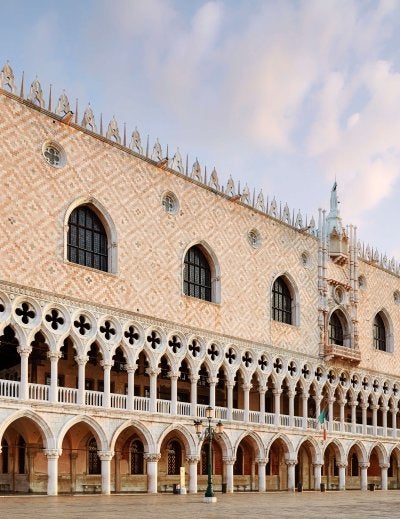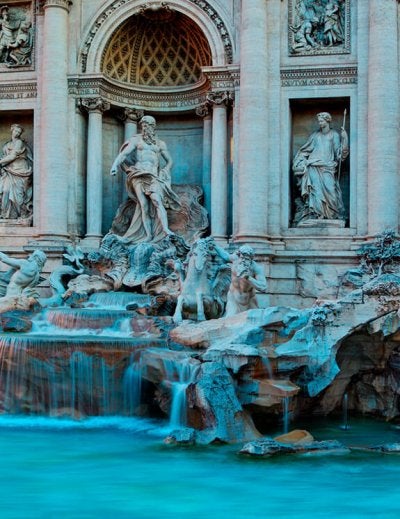
Villa Romana del Casale: A Complete Travel Guide
The Villa Romana del Casale, located a few kilometres southwest of Piazza Armerina in Sicily’s Enna province, is one of the island’s most remarkable archaeological treasures. Set in the picturesque valley of the River Gela, this extensive late Roman villa was built between 320 and 350 AD and is world-renowned for its vast and beautifully preserved mosaics. Covering nearly 3,500 square metres, these mosaics provide an extraordinary glimpse into the art, mythology, and daily life of the late Roman Empire.
Recognised as a UNESCO World Heritage Site since 1997, the villa’s importance lies in its exceptional state of preservation and artistic richness. It served as both a luxurious residence and the centre of a large agricultural estate, or latifundium, where crops such as olives, vines, and cereals were cultivated. Today, the Villa Romana del Casale stands as one of the finest examples of Roman luxury and culture to have survived from antiquity.
To discover more cultural highlights around the island, explore Exoticca’s guide to the things to do in Sicily.
Historical Background
The villa dates back to the early 4th century AD, during the height of the Roman Empire. While its original owner is not known for certain, most scholars attribute it to Lucius Aradius Valerius Proculus, a powerful senator and governor of Sicily during the Constantinian period. The villa’s grandeur and elaborate decoration reflect the status of a wealthy landowner who wished to display his influence and refinement.
After remaining occupied through the Byzantine and Arab periods, the villa suffered partial destruction under the Normans around 1160. A mudslide from nearby Mount Mangone later buried much of the site, which paradoxically helped preserve its mosaics. Rediscovered in the 19th century, it was extensively excavated in the 1950s by archaeologist Gino Vinicio Gentili, who brought the villa’s extraordinary artistic legacy to light.
What to See
The Mosaics
The villa’s mosaics are its main attraction, covering an area of around 3,500 square metres. Created with thousands of tiny tesserae, they depict scenes of mythology, nature, daily life, and sport with extraordinary realism. Specialists believe that North African mosaicists, possibly from Carthage or Hippo, contributed to the work, reflecting the cultural exchange across the Roman Mediterranean.
Highlights include:
- The “Bikini Girls” Mosaic: Found in room 34, this mosaic portrays young women taking part in athletic competitions, including running, discus throwing, and weightlifting. It is one of the earliest known representations of female athletes.
- The Great Hunt Corridor: A spectacular 60–70-metre-long corridor illustrating the capture of exotic animals—such as elephants and tigers—intended for the amphitheatre games of Rome. The absence of bloodshed is believed to hold symbolic meaning, perhaps celebrating harmony over conquest.
- The Circus Games Mosaic: Depicting chariot races at the Circus Maximus, this intricate piece captures the excitement and energy of Roman sport.
- The Hercules and Labours Mosaic: Located in the triclinium, this mosaic features scenes from the mythological labours of Hercules and the origins of the vine.
Architecture and Layout
Designed as a single-level residence, the villa is arranged around a central peristyle courtyard, with different areas dedicated to public, private, and service functions.
- Monumental Entrance: Accessed through a triple-arched gateway leading to a courtyard framed by marble columns and decorated fountains.
- The Basilica: The most formal space in the villa, this audience hall features marble floors of opus sectile and pink granite columns from Egypt.
- Thermal Baths: The bathing complex includes changing rooms, heated rooms, and massage spaces, reflecting the importance of leisure and hygiene in Roman society.
- Elliptical Peristyle and Triclinium: Likely used for grand banquets and social gatherings, this section symbolised the villa’s prestige and hospitality.
Frescoes
Though overshadowed by the mosaics, traces of wall paintings have also been uncovered, providing further insight into the decorative tastes of the Roman elite.
Visiting Information
- Location: Around 3 km southwest of Piazza Armerina, Sicily.
- Opening Hours: Daily, from 9:00 AM to 7:00 PM in summer and until 5:00 PM in winter. Check the official website before visiting.
- Tickets (2025): €14 for adults and €6 for children. Free entry is available on certain dates, such as the first Sunday of each month.
- Guided Tours: Offered in several languages and highly recommended for a deeper understanding of the site’s mosaics and history.
- Facilities: Visitor centre, café, restrooms, and souvenir shops.
- Accessibility: Some areas are accessible for visitors with limited mobility.
How to Get There
- From Piazza Armerina: Local buses connect the town centre to the villa several times a day.
- From Palermo: By car (approximately 2 hours), by bus with SAIS Autolinee, or by train via Enna.
- From Taormina: Day excursions are available and include return transport and a guide.
Travel Tips
- Best Time to Visit: Spring and autumn, when temperatures are pleasant and crowds are smaller.
- Recommended Duration: Allow at least 2–3 hours to explore the villa fully.
- What to Bring: Comfortable footwear and water, as the site covers a large area.
- Visiting Options: Guided tours are the best way to appreciate the site’s artistry and symbolism, though independent visits are also possible.
Nearby Attractions
- Piazza Armerina: The town’s Baroque cathedral and Palazzo Trigona, now a museum, are both worth a visit.
- Valley of the Temples (Agrigento): Often combined with the villa on full-day tours, this UNESCO site is one of the best-preserved ancient Greek complexes in the world.
- Other Sicilian Highlights: Explore Taormina, Noto, Siracusa, Catania, Cefalù, and Mount Etna for more of the island’s history and charm.
Why Visit the Villa Romana del Casale
The Villa Romana del Casale offers an unparalleled journey into the world of late Roman Sicily. Its mosaics are among the finest examples of ancient art anywhere in Europe, portraying everything from athletic contests to mythological legends with vivid detail. Together with its grand architecture and pastoral setting, the site paints a complete picture of luxury and culture in the Roman world.
For anyone with an interest in art, history, or archaeology, a visit to the Villa Romana del Casale is an essential part of any Sicilian itinerary.


